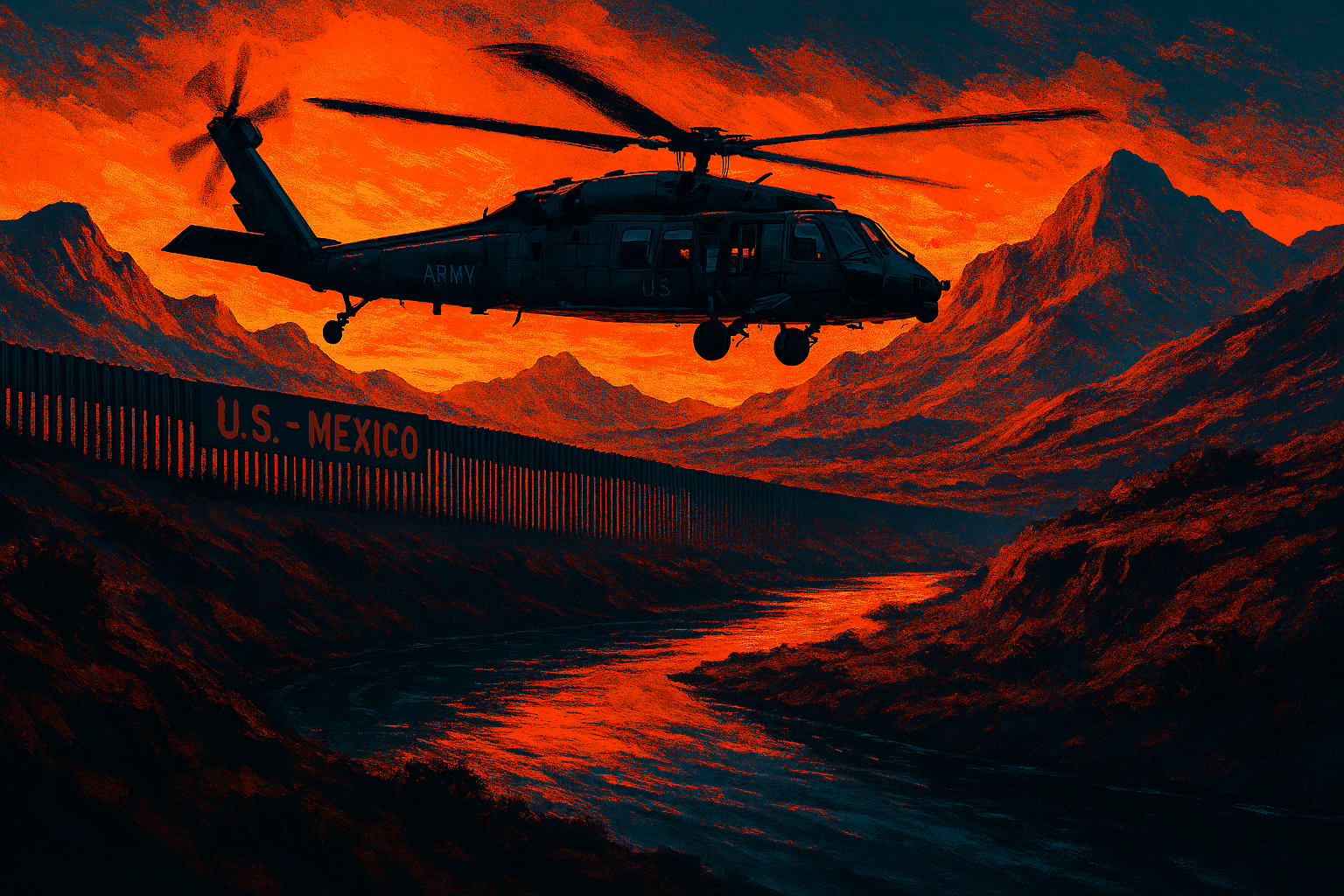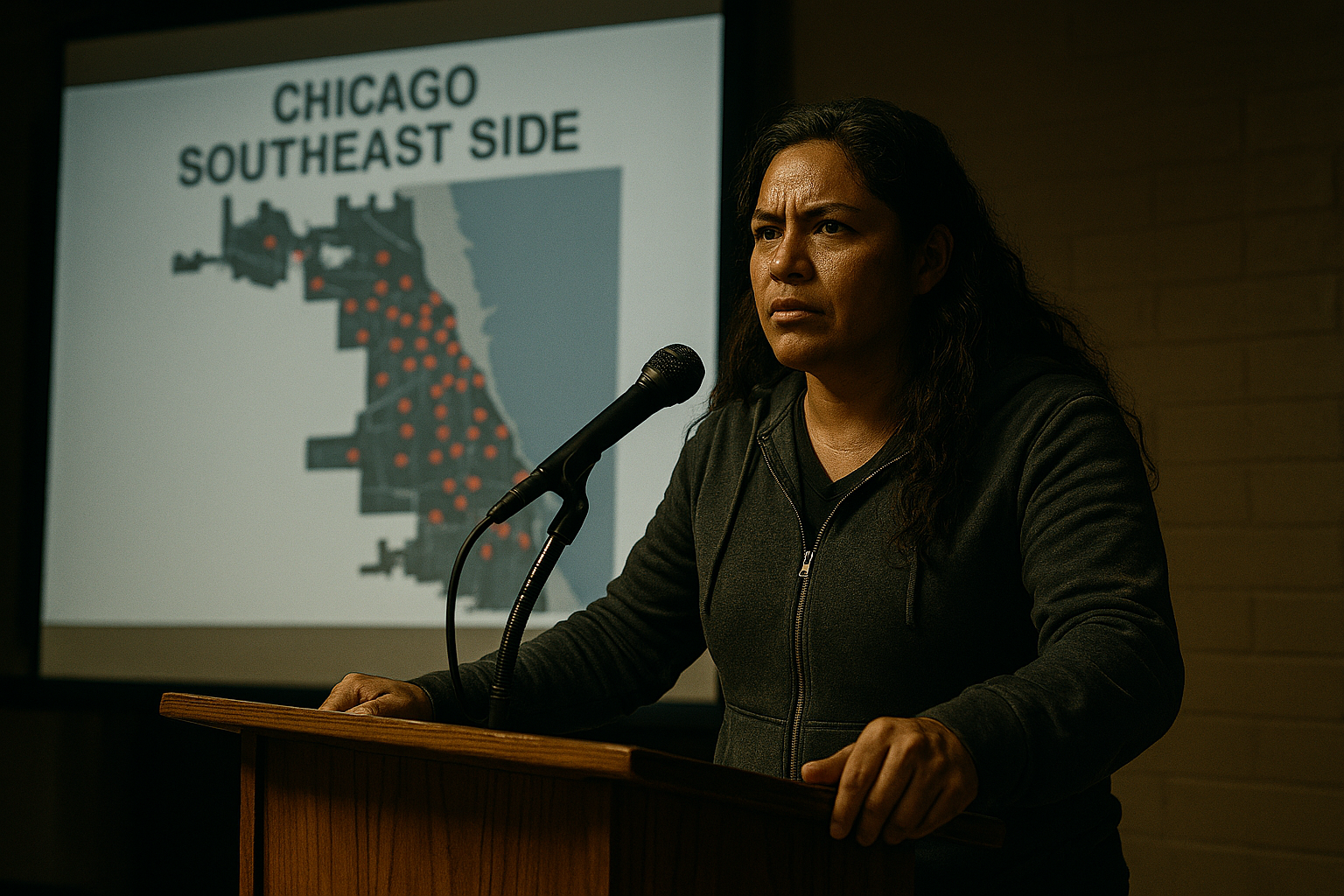Trump Directs Military to Target Drug Cartels

On August 8, 2025, reports emerged that President Donald Trump secretly signed a directive ordering the Pentagon to use military force against Latin American drug cartels designated as terrorist organizations. This bold move, part of the Trump directs military to target drug cartels 2025 campaign, aims to curb fentanyl trafficking but raises significant legal and diplomatic questions. Amid other 2025 crises, from wildfires to police controversies, this escalation signals a shift from law enforcement to military action. What are the implications? This article explores the directive, its context, and its potential fallout.
Trump’s Directive: A Military Approach to Cartels
Trump’s directive, reported by The New York Times, authorizes the U.S. military to conduct operations against cartels like Mexico’s Sinaloa Cartel and Venezuela’s Tren de Aragua, designated as foreign terrorist organizations (FTOs) in February 2025. The order allows potential actions at sea and on foreign soil, with the Pentagon drafting plans for special forces operations and intelligence support. Secretary of State Marco Rubio emphasized that the FTO designation shifts cartels from a law enforcement to a national security issue, enabling the use of military and intelligence resources. The directive follows Trump’s January executive order to label cartels as FTOs, targeting groups like MS-13 and the Cartel de los Soles, allegedly led by Venezuelan President Nicolás Maduro.
Legal and Diplomatic Concerns
The use of military force against cartels raises serious legal questions. The Posse Comitatus Act prohibits military involvement in domestic law enforcement, and international operations risk violating laws against murder or assassination if civilians are killed without congressional authorization. Experts like Brian Finucane argue that targeting suspected cartel members outside an authorized conflict could be legally problematic, citing a 1989 precedent when President George H.W. Bush’s Panama invasion was condemned by the U.N. Mexican President Claudia Sheinbaum rejected U.S. military action on her soil, calling it an “invasion” and emphasizing Mexico’s sovereignty. Trump’s previous offers to send troops to Mexico were rebuffed, highlighting diplomatic tensions.
Context: 2025’s Broader Landscape
This directive aligns with other 2025 events reflecting Trump’s aggressive policy approach:
- Canyon Fire: A 1,500-acre California wildfire on August 7 underscores environmental crises, contrasting with this military escalation.
- Intel CEO Demand: Trump’s call for Intel CEO Lip-Bu Tan’s resignation over China ties shows scrutiny of global ties in critical sectors.
- Franklin Township Homicide: A New Jersey double homicide linked to police inaction led to leadership suspensions, raising accountability questions.
- Noblesville Explosion: A chemical explosion at an Indiana water treatment plant on August 7 highlights infrastructure vulnerabilities.
- 9/11 Identifications: The identification of three 9/11 victims in 2025 reflects ongoing efforts to address past tragedies, contrasting with this forward-looking policy.
These events frame Trump’s directive as part of a broader push for control and security.
Reactions and Implications
The directive sparked mixed reactions. On X, some supported Trump’s “tough on crime” stance, with posts like “Finally hitting cartels where it hurts!” while others criticized it as “reckless overreach.” White House spokesperson Anna Kelly defended the move, stating, “President Trump’s top priority is protecting the homeland.” Mexican officials, including Sheinbaum, firmly opposed U.S. military action, with Venezuela dismissing related accusations against Maduro as “propaganda.” Analysts like Brandan Buck warned of diplomatic fallout and limited effectiveness, citing past failed operations in Colombia and Mexico. The directive’s secrecy and lack of congressional consultation raise concerns about transparency and legality.
Critical Perspective: Bold Strategy or Risky Overreach?
Trump’s directive reflects a determination to tackle fentanyl trafficking, linked to thousands of U.S. deaths annually, but its militarization of a law enforcement issue is contentious. Supporters argue that cartels’ violence and drug smuggling justify the FTO designation and military action, especially given intensified surveillance like CIA drone flights over Mexico. Critics, however, see it as a dangerous escalation, risking civilian casualties and strained relations with Mexico and Venezuela. The absence of clear legal opinions from the Justice Department or Pentagon lawyers fuels skepticism about the directive’s legitimacy. Compared to the OCME’s meticulous 9/11 victim identifications, this move appears hasty, potentially prioritizing optics over diplomacy.
Conclusion
The Trump directs military to target drug cartels 2025 directive marks a significant escalation in the fight against fentanyl, but its legal and diplomatic risks loom large. As the Pentagon prepares options, the move could reshape U.S.-Latin American relations and domestic policy debates. Amid 2025’s crises, from wildfires to tech controversies, this policy underscores Trump’s aggressive stance. Share your thoughts on this strategy in the comments and follow for updates on this developing story.










